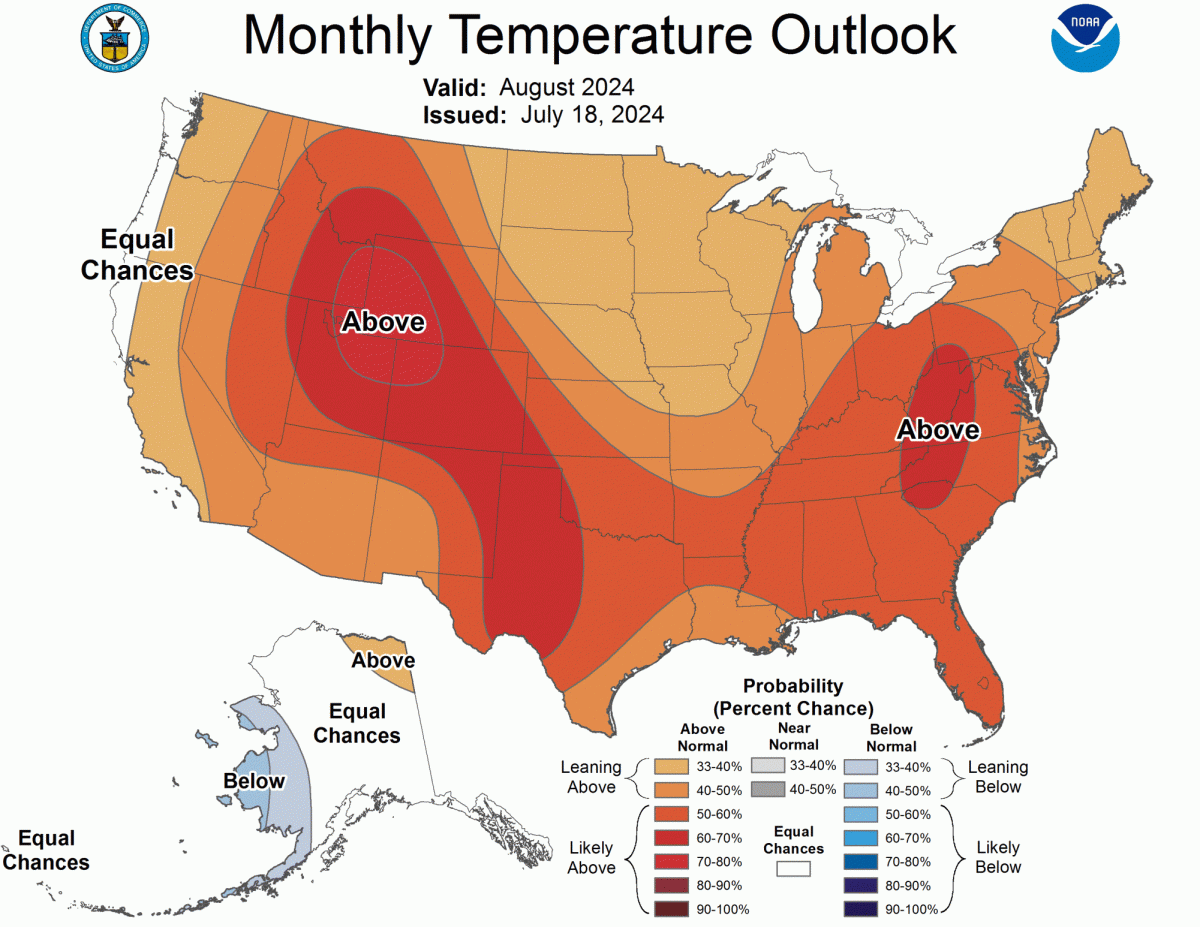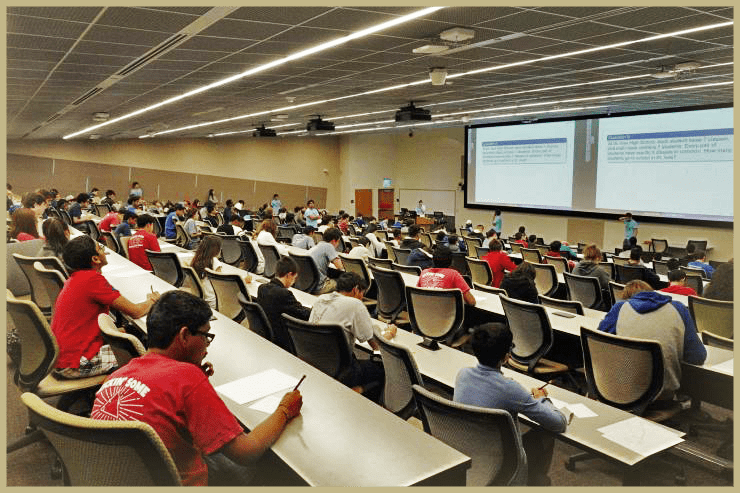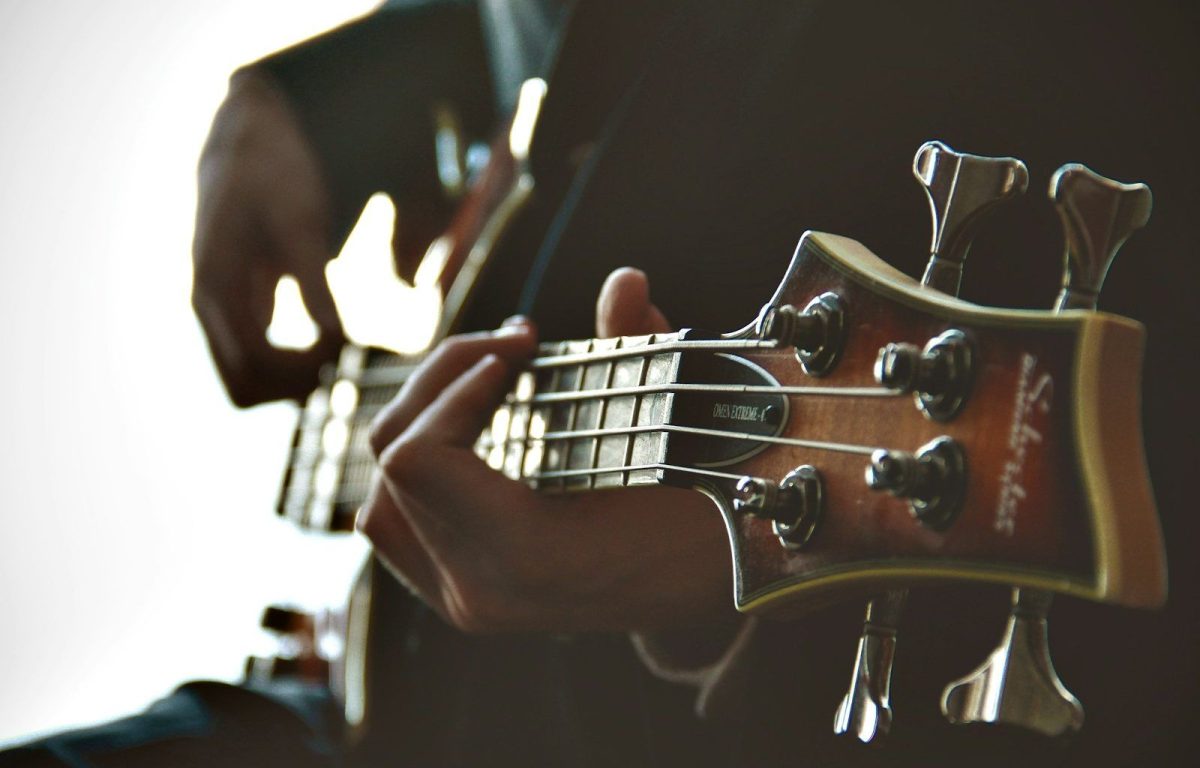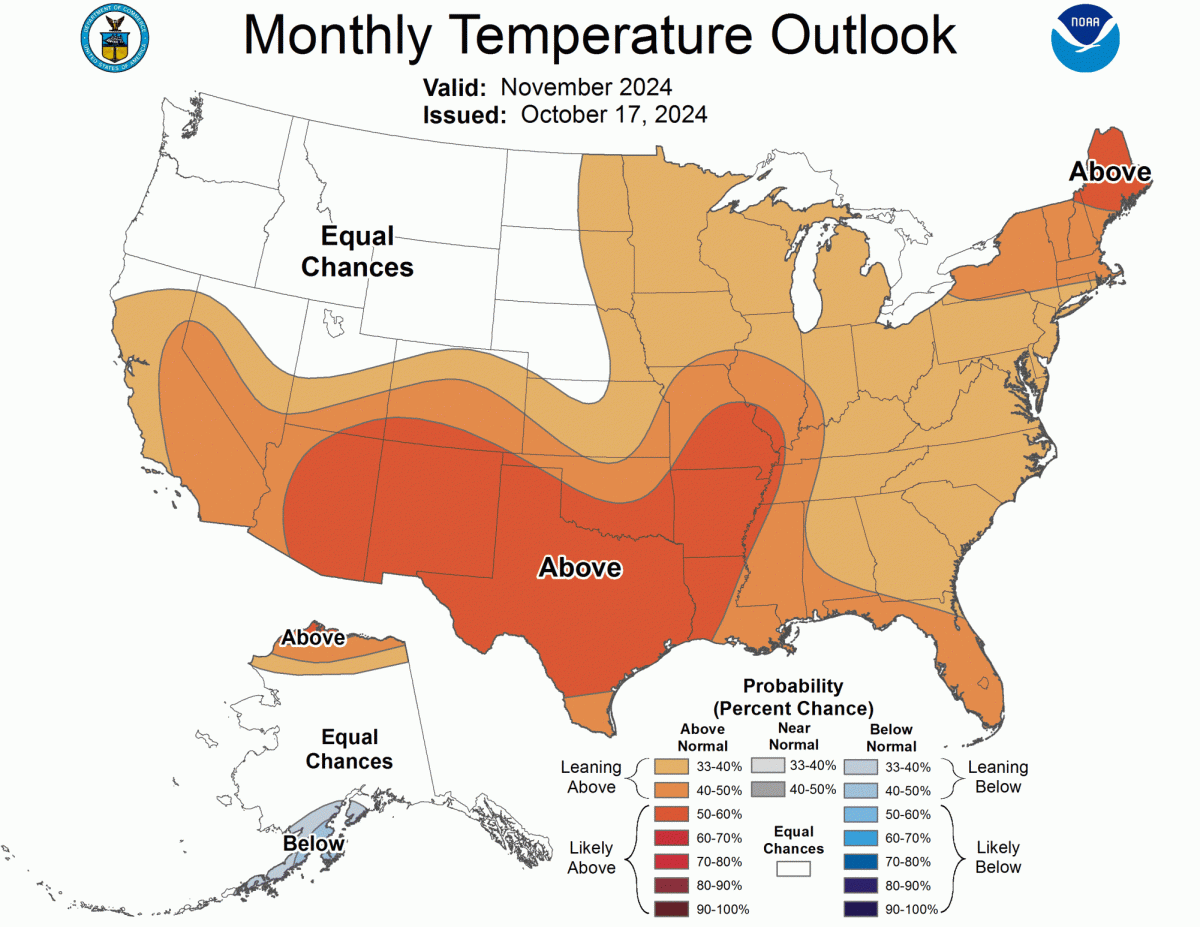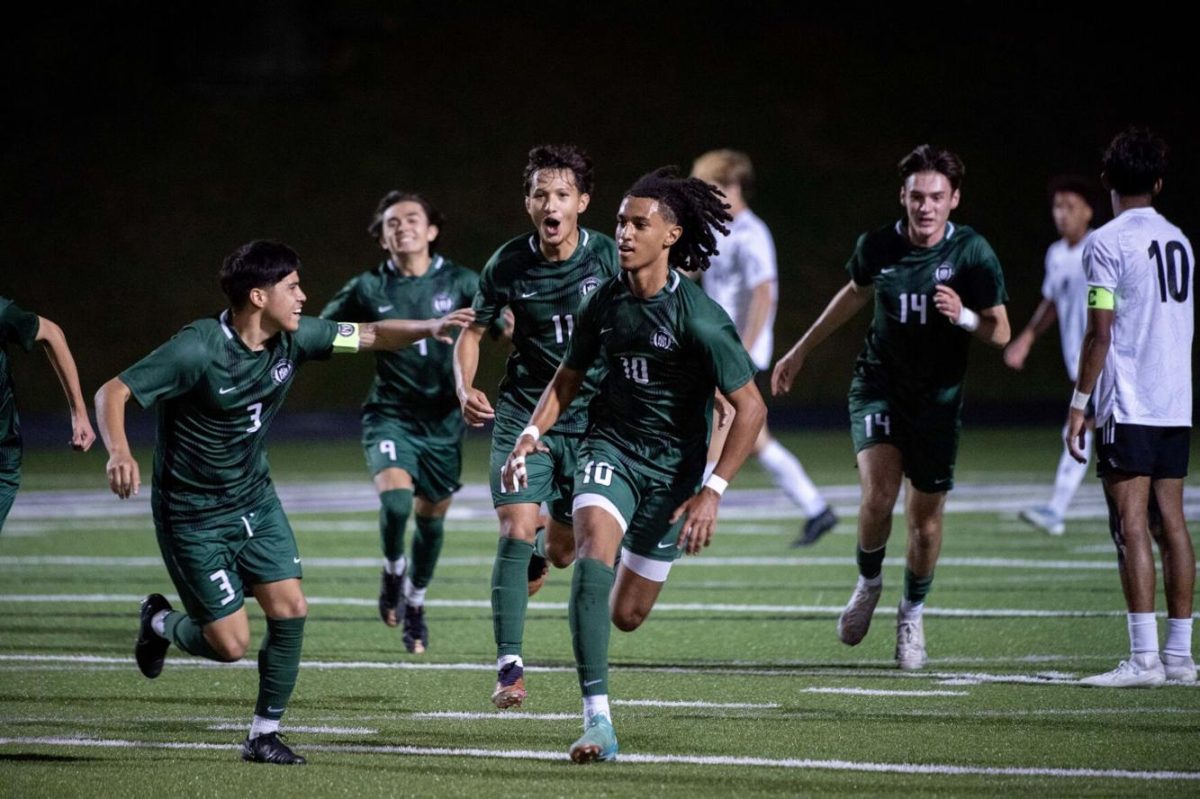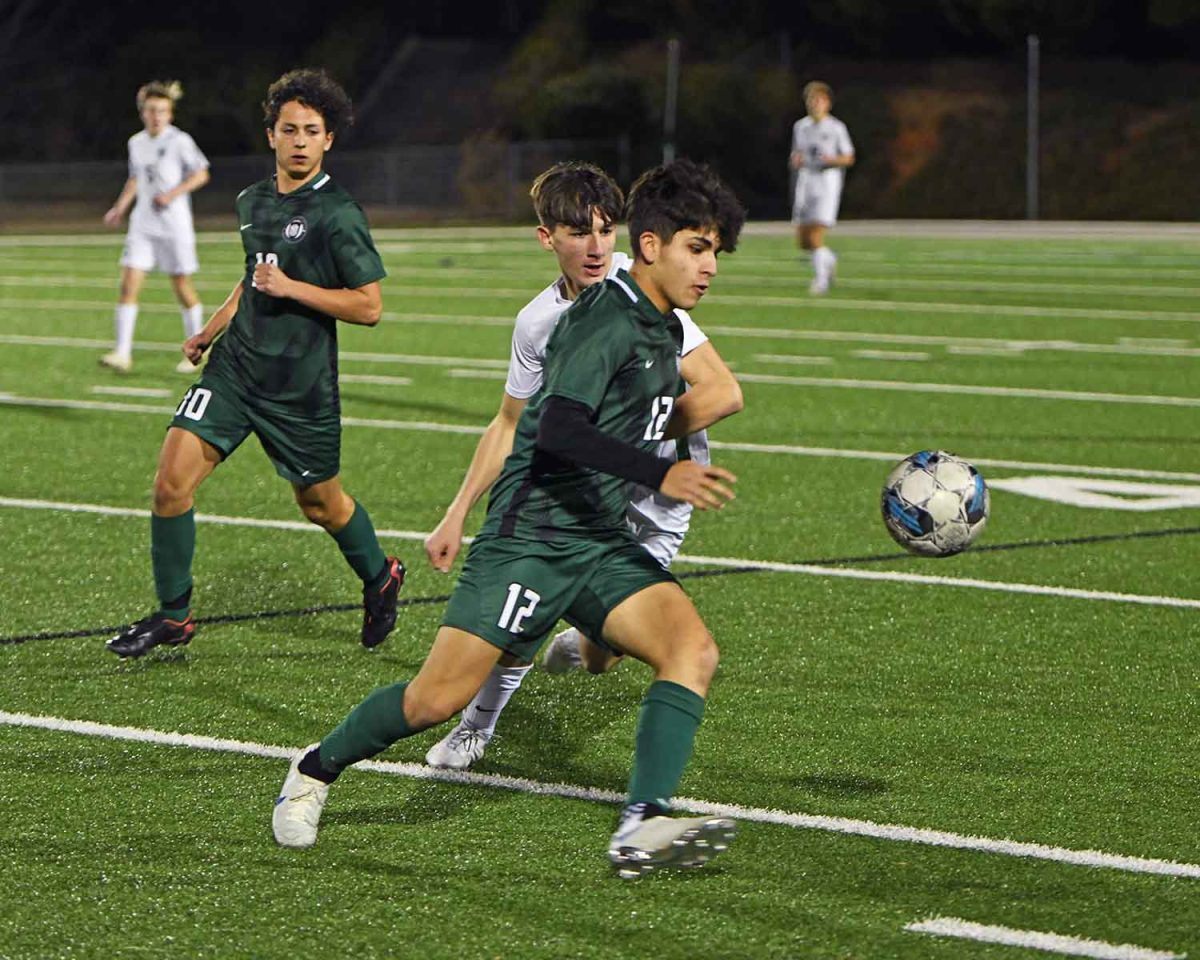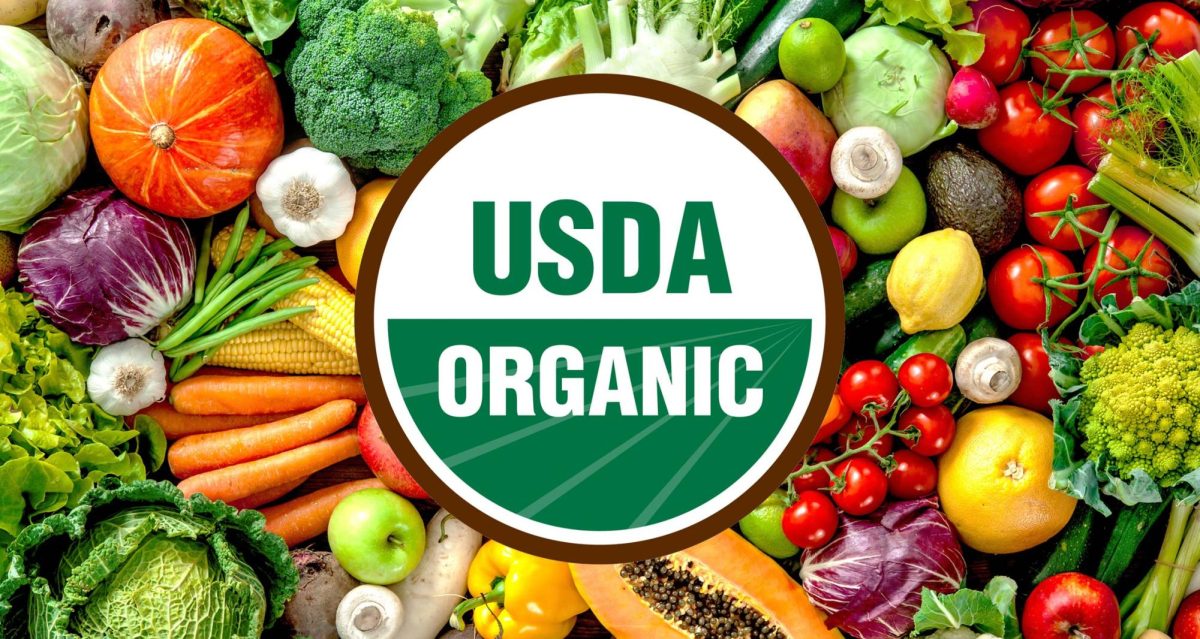Record high temperatures were reached across the country this summer. Though the break is over, the incoming heatwave means those temperatures will not disappear anytime soon. For the first few days of school, temperatures will lean 33-40% above normal, so students can expect the high 80s to low 90s range (CPC Webmaster, 2015). They must continue to exercise caution for the rest of August as temperatures will be an average of 50-60% above normal (CPC Webmaster, 2015). This article contains a few tips to stay safe in these high temperatures.

Replace caffeinated, alcoholic, sugary drinks with sports drinks and water
Though on different scales, caffeine, alcohol, and sugary drinks are all diuretics, meaning they increase urine production and reduce the kidneys’ ability to hold water, which causes dehydration (NIOSH, 2017). Besides excessively adding to one’s daily sugar intake, sugary drinks can induce hormone secretion that strains the already heat-stressed body (Sánchez-Lozada, 2019). Athletes especially should be cautious: when consumed during or after exercise in the heat, sugary drinks could increase the chances of presenting acute kidney disease (Chapman, 2019).
People should aim to drink at least 12 cups of water daily, but this number varies between individuals. Urine color indicates how much water a person needs: dark yellow urine suggests dehydration (The American Red Cross, 2021). Sports drinks are suitable if water is not readily available since they can restore the electrolytes (minerals essential for keeping the body functioning) lost from sweating (Cleveland Clinic, 2023). However, they are not a panacea for dehydration and should be taken only after intense sweating. Water should always be the first option.
Watch out for heat illnesses
Heat cramps, heat exhaustion, and heat stroke are three ailments that can occur when exposed to excess heat. Some common symptoms between them are heavy sweating and cramps. Heat exhaustion and heat stroke, however, can be severe. While both cause dizziness, nausea, and accelerated pulse, key differences exist. Heat exhaustion-specific symptoms are a weak pulse and pale complexion; heat stroke-specific symptoms are a strong pulse and a temperature of 104 degrees Fahrenheit or higher (The American Red Cross, 2021).
To treat heat cramps or heat exhaustion, people should hydrate themselves and do their best to reduce their external temperature (e.g., moving to a cooler area, removing some layers of clothes, and turning on air conditioning). However, get medical help if symptoms last for more than an hour or confusion begins to onset. To treat heat stroke, call 911 and try to reduce the victim’s temperature, but do not give the victim drinks (The American Red Cross, 2021).
Conclusion
Exercising basic safety measures in high temperatures could spell the difference between enjoying the school year and sitting in the emergency room. Check the weather forecast regularly, drink at least a cup of water every hour, and avoid staying in the heat for too long.
Sources
10-Day Forecast in Kennesaw, GA. [Weather Report]. Retrieved from https://weather.com/weather/tenday/l/Kennesaw+GA?canonicalCityId=940ee687cd4eb95b94239b99b90243436e28abd3b41bc3c7f267fdb90891fd33
Chapman, C. L., Johnson, B. D., Sackett, J. R., Parker, M. D., & Schlader, Z. J. (2019). Soft drink consumption during and following exercise in the heat elevates biomarkers of acute kidney injury. American Journal of Physiology-Regulatory, Integrative and Comparative Physiology, 316(3), R189–R198. https://doi.org/10.1152/ajpregu.00351.2018
Cleveland Clinic. (2023, August 22). Are Electrolyte-Loaded Sports Drinks Healthy? Cleveland Clinic. https://health.clevelandclinic.org/electrolyte-drinks-beneficial-or-not
CPC Webmaster. (2015). Climate Prediction Center. Noaa.gov. https://www.cpc.ncep.noaa.gov/
The American Red Cross. (2021, December 6). Extreme Heat Preparedness Checklist. https://www.redcross.org/content/dam/redcross/get-help/pdfs/heat/EN_Extreme-Heat-Safety-Checklist.pdf
The National Institute for Occupational Safety and Health (NIOSH). (2017, February 17). Heat Stress: Hydration. Https://Www.cdc.gov/Niosh/Mining%5C/UserFiles/Works/Pdfs/2017-126.Pdf.
Sánchez-Lozada, L. G., Roncal-Jimenez, C. A., García-Arroyo, F. E., Jensen, T., Lanaspa, M. A., & Johnson, R. J. (2019). The perils of rehydrating with soft drinks following heat and exercise. American journal of physiology. Regulatory, integrative and comparative physiology, 316(3), R187–R188. https://doi.org/10.1152/ajpregu.00007.2019

